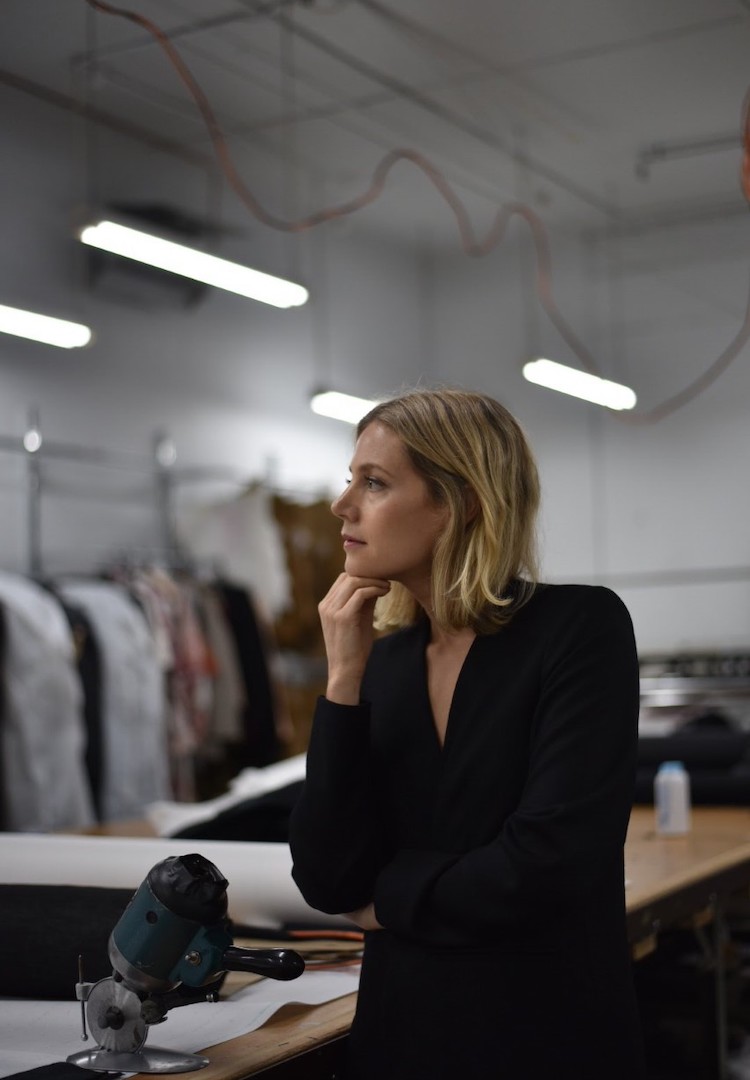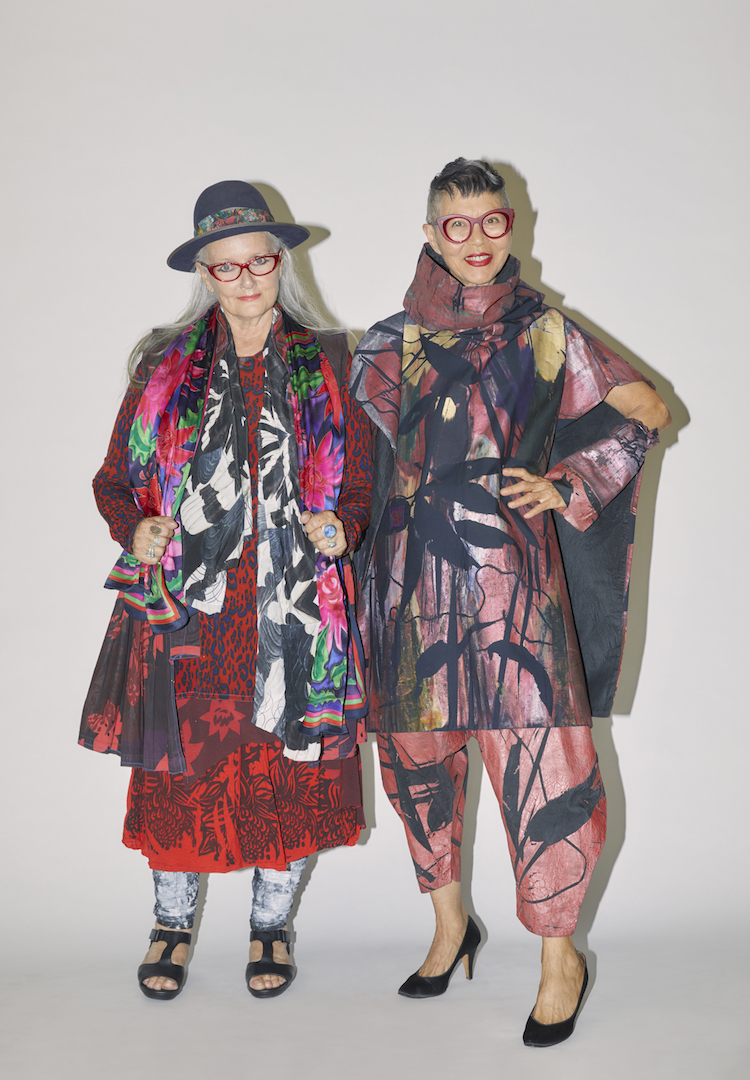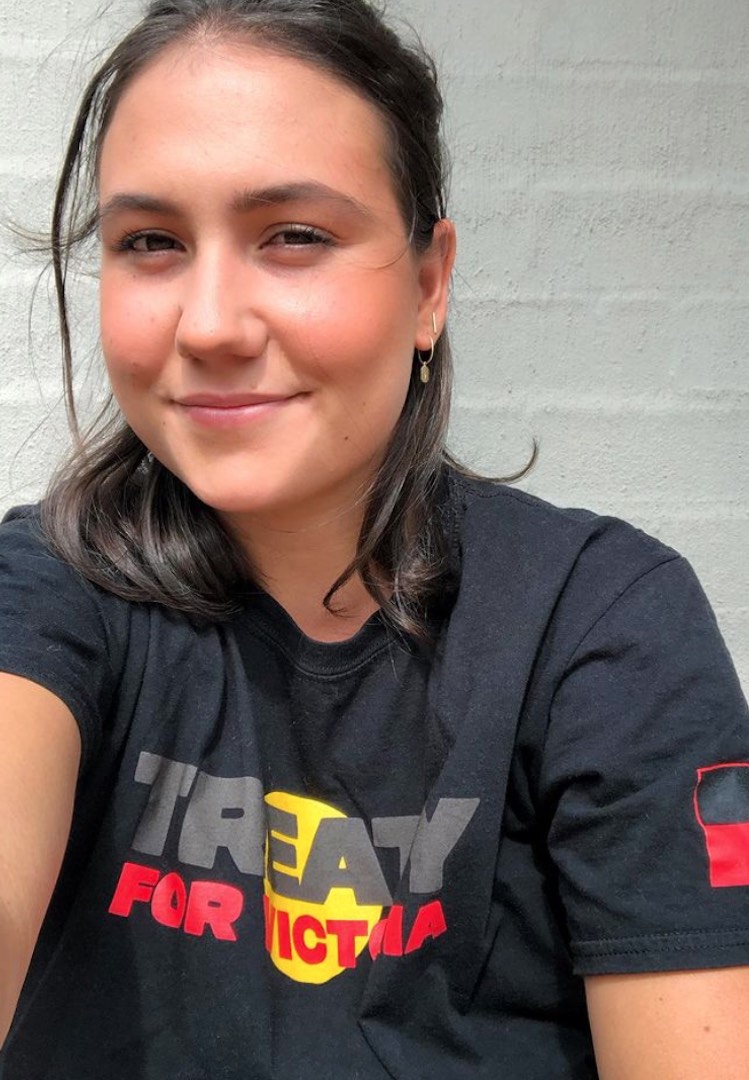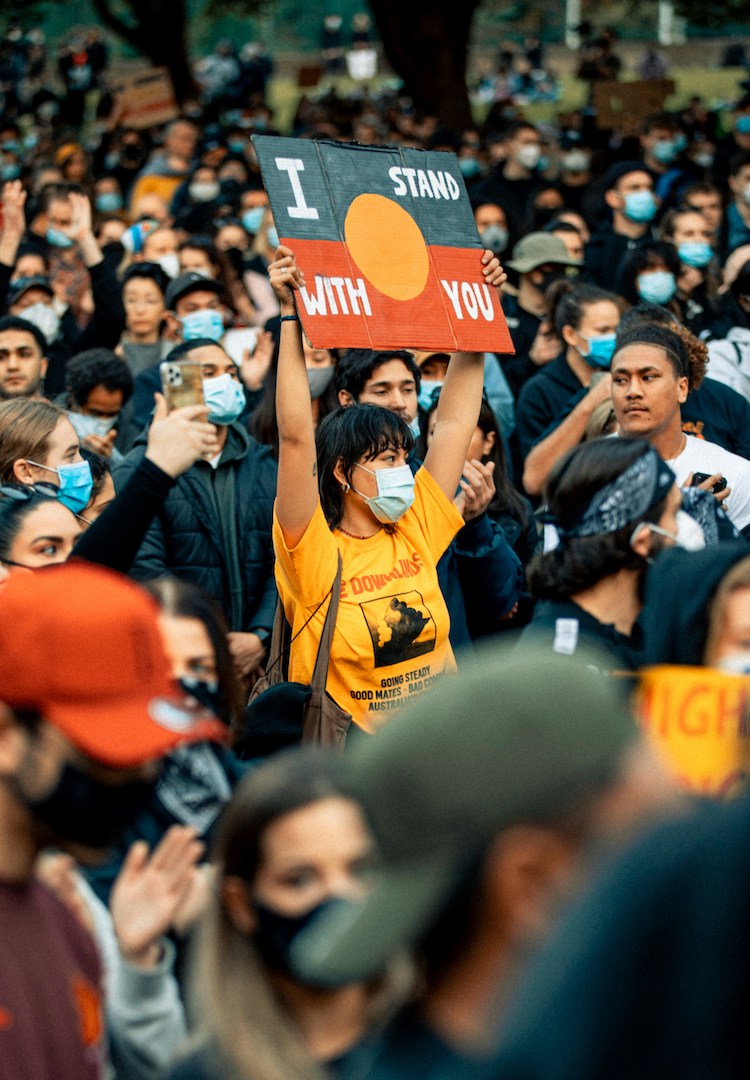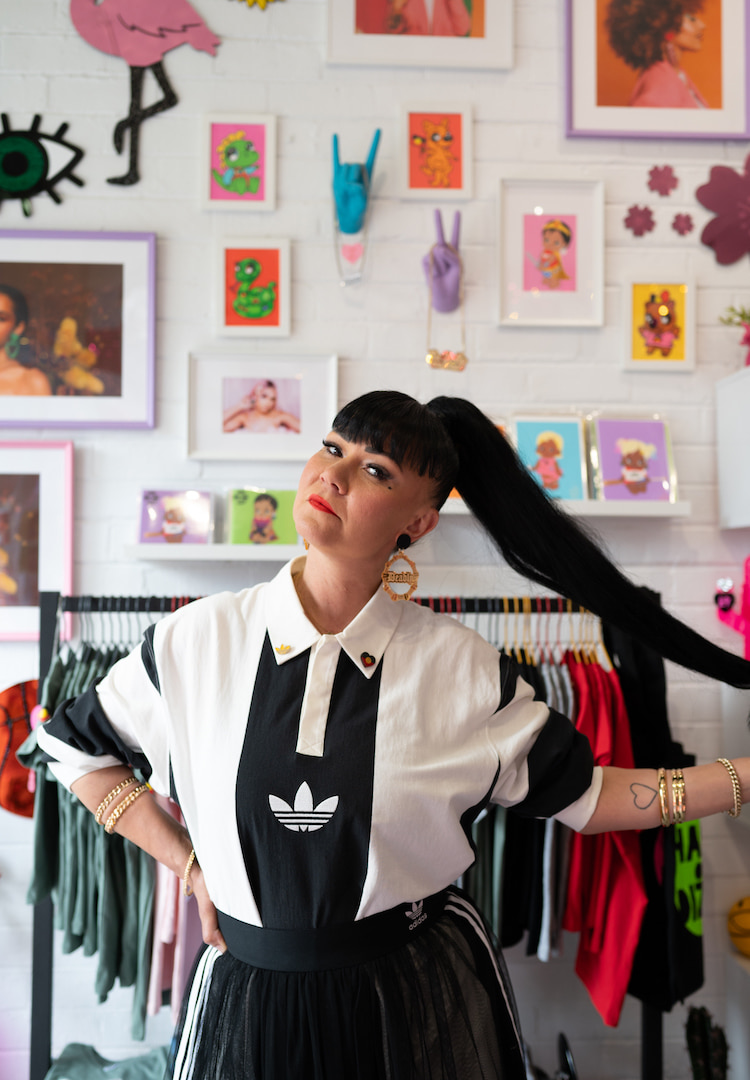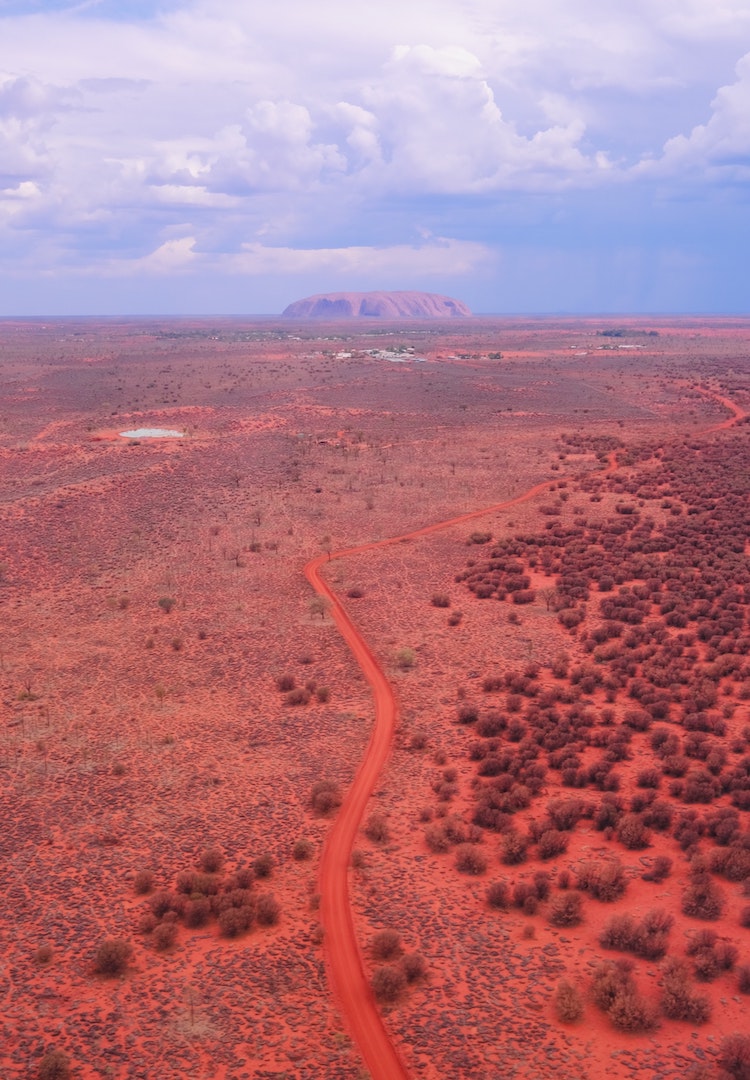Grace Lillian Lee and Lyn-Al Young on the past, present and future of Indigenous Australian Fashion
Image via First Nations Fashion Design
Words by Faye Couros
This is the future of Australian fashion.
“I think it’s going to be a very exciting future,” Grace Lillian Lee tells me over the phone. We’re talking about the future of Indigenous Australian fashion, an area of the industry that – despite being born from the world’s oldest continuous culture – is still seen as emerging.
“I think at the moment it’s been perceived as something that is new, and it’s kind of on-trend.”
Grace then should be considered a trendsetter. The First Nations artist and designer, with roots from the Meriam Mer people of the Eastern Islands of the Torres Strait, is propelling Indigenous Australian fashion forward. Not only does she use traditional Torres Strait weaving techniques across her own contemporary works, she also runs First Nations Fashion Design, an organisation dedicated to nurturing emerging First Nations talent.
“[It’s] about assisting communities to develop their collections, but also independent designers to have better access points to the industry,” she says.
This access to mainstream industry is important. For Grace, the fashion industry is a way to create new economic opportunities in remote areas and to share indispensable knowledge long held by Indigenous communities.
“We can use fashion to create other opportunities. I talk about [it as a] soft entry for not only the broader community to have access to [Indigenous] stories and knowledge, but it’s also a way to heal,” she says.
First Nations fashion is also a way to preserve textiles and techniques long used by these communities.
Alongside Grace, a number of other key players are driving mainstream recognition of Indigenous fashion. The Instagram account @ausindigenousfashion run by Yatu Widders Hunt has amassed over 27,000 followers for its spotlighting of First Nations designers.
Meanwhile, Bendigo Art Gallery has appointed its first First Nations curator, with 23-year-old Shonae Hobson tapped to bring together the gallery’s first exhibition on Indigenous design. Piinpi: Contemporary Indigenous Fashion, will display a collection of textiles and garments by First Nations designers around Australia.
“This is the first time this has ever been done before at this scale, to celebrate their work and bring it to the forefront of Australian fashion and design,” says Shonae.
The exhibition is one of the first major platforms providing a space exclusively for Indigenous Australian creators. It will showcase designs by Lyn-Al Young, Jan Griffiths, Babbarra Women’s Centre, Maree Clarke, Lisa Waup x Verner and Hopevale Arts & Cultural Centre.
“[Indigenous Australian Fashion is] a very new industry that does need the assistance and support from places like the Bendigo Gallery, which is a beautiful gallery to exhibit and share these stories,” says Grace.
Supporting the exhibition is a special panel event, held this Saturday at MPavilion as part of the Virgin Australia Melbourne Fashion Festival. Grace is one of the panellists, as is Shonae.
Joining them will be Lyn-Al Young, a fashion designer with Gunnai, Wiradjuri, Gunditjmara and Yorta Yorta heritage. Like many other Indigenous Australian designers, Lyn-Al honours her ancestors and the land through her work.
“Personally there is no other way I can share my identity without sharing my land, because it comes from the land,” she says. “You can’t disconnect it, because then you miss a huge part of your story.”
It’s this connection to country that has seen First Nations design increasingly acknowledged for its sustainable practices. But as Lyn-Al notes, for all its newfound recognition, Indigenous Australian fashion design has longstanding roots.
“It’s an industry that women have been trying to get into for a long time…for many generations we always shared our stories through fashion,” she says. “Like the possum-skin cloaks, even just through the body art and body painting, I think now is the time. Many elders are saying this is the time for our mobs.”
For Lyn-Al, the Piinpi exhibition is an exciting opportunity for visitors to immerse themselves and to let the designs move them. She would like people to come ready to be engaged and abandon any preconceptions.
“Fashion is very powerful …and I think if I was in the present wearing something so deeply connected to our past, there is something very spiritual about it,” says Lyn-Al.
Jan Griffiths is a First Nations ceramics artist, painter, poet, storyteller and now designer, whose lily dress will feature at the Bendigo Art Gallery. The importance of story within Indigenous fashion is profound, and Jan’s lily designs are one example of how fundamental the past and nature is to the industry and its future.
The dress is floor-length, with a lily block print and a large lily pad on the back that can stay down or be lifted. It’s a one-off piece, but Jan is already working on a more wearable and commercial range.
The story behind the design is a reminder of Australia’s history, and for Jan, it’s crucial she tells her grandmother’s story.
“She went down to the billabong to get some bush food, there were the lily flowers and the mussels in the billabong, she went down, and she went towards the billabong, and she saw a European man. She got scared because that was the first time she’s ever seen a white person, so she ran and hid in the billabong amongst the lily flowers and lily pads until they were out of sight.”
In many ways, design and fashion create a more accessible way to tell these stories, because clothes are more present in our everyday lives compared to art, which at times, and for some, can feel out of reach.
The Indigenous fashion industry is blooming, and the Piinpi exhibition is helping to nurture the industry’s prominence within broader Australian fashion. It’s an invaluable opportunity to celebrate its history and the future.
“We don’t want to be a trend. We need more support, and we need it to not be seen as just a project or an event because it’s actually people, it is their livelihood. It is our livelihood.”
Virgin Australia Melbourne Fashion Festival is hosting the panel discussion for Piinpi: Contemporary Indigenous Fashion at MPavilion this Saturday March 7. Tickets are available here.

